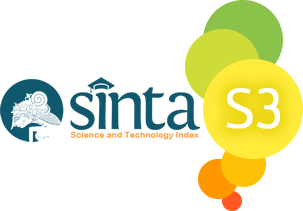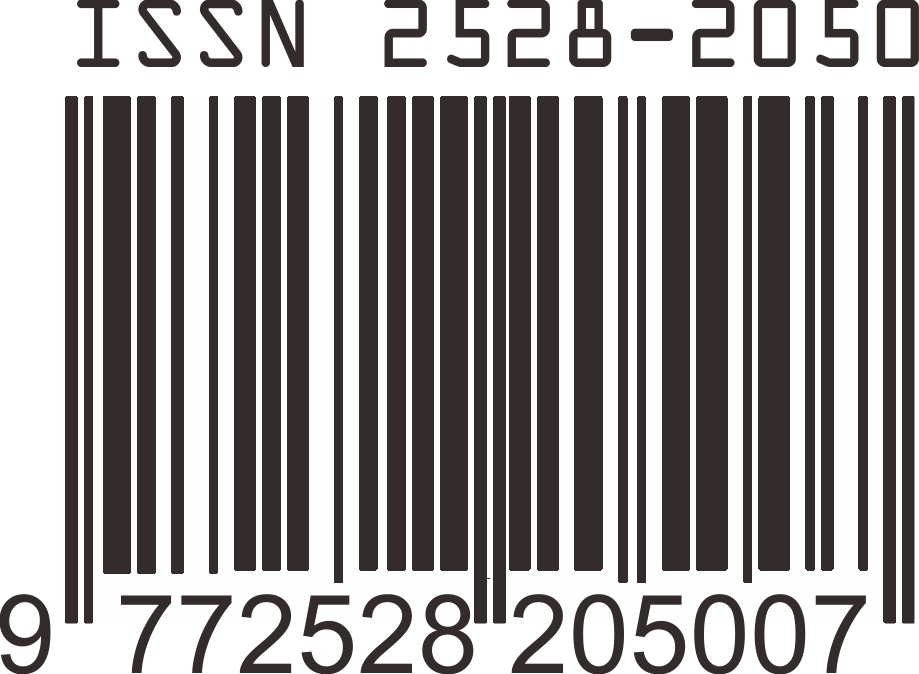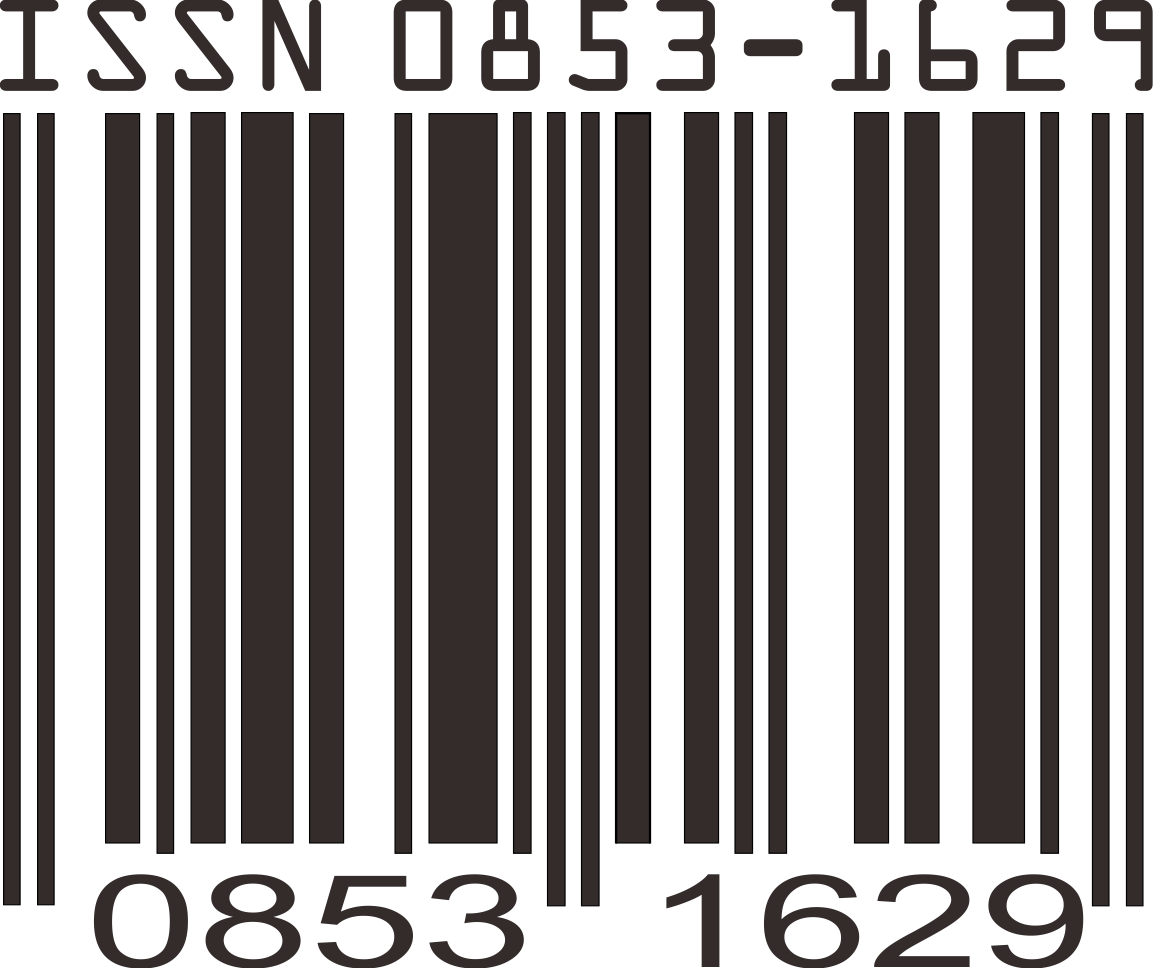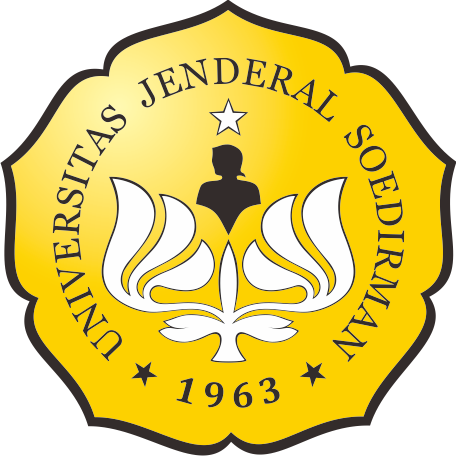Deteksi Senyawa Psikotropika pada Jamur Koprofil yang Ditemukan di Wilayah Eks Karesidenan Banyumas Provinsi Jawa Tengah
Abstrak
Penelitian sebelumnya pada tahun 2018 di wilayah Eks Karesidenan Banyumas (Kabupaten: Banjarnegara, Purbalingga, Banyumas, dan Cilacap) mendapatkan adanya 12 genera jamur koprofil yang yaitu Panaeolus, Coprinopsis, Stropharia, Tricholoma, Lycoperdon, Ascobolus, Rhodocybe, Conocybe, Bolbitius, Leucocoprinus, Mycena, dan Hypholoma; Indeks dominansi genera jamur koprofil di wilayah eks Karesidenan Banyumas adalah sebesar 0,329; dan Jamur koprofil yang diperoleh dengan frekuensi kemunculan paling banyak adalah Coprinopsis (34,4%) dan Panaeolus (30,1%). Sebagai langkah awal dari pengenalan potensi psikotropika yang terkandung dalam jamur-jamur koprofil yang diperoleh di lingkungan sekitar, maka telah dilaksanakan penelitian mengenai deteksi keberadaan senyawa tersebut pada jamur-jamur koprofil yang telah didapatkan. Penelitian ini bertujuan untuk mendeteksi adanya kandungan senyawa psikotropika pada jamur-jamur koprofil yang diperoleh di wilayah Eks Karesidenan Banyumas. Penelitian ini dilaksanakan menggunakan metode eksperimental-kualitatip dengan teknik analisis Chemical Spot Test/Uji Warna terhadap keberadaan kandungan senyawa psikotropika pada jamur-jamur yang diperoleh menggunakan Reagen Ehrlich dan Reagen Marquis. Data hasil deteksi senyawa psikotropika pada jamur koprofil yang diperoleh dianalisis secara deskriptif. Dari ke 12 genera tersebut, 3 spesies dari masing-masing genus yaitu Panaeolus sp., Conocybe sp., dan Stropharia sp. terdeteksi sebagai spesies jamur psikotropika dengan memberikan reaksi warna yang positip pada kedua maupun salah satu reagen uji.
Kata Kunci
Teks Lengkap:
PDFReferensi
Allen, J.W. & Gartz, J. 2009. Magic Mushroom in Some Third World Country. Psilly Publication. Seattle, Washington.
Amandeep, K., Atri, N.S. & Munruchi, K., 2015. Ecology, Distribution Perspective, Economic Utility and Conservation of Coprophilous Agarics (Agaricales, Basidiomycota) Occurring in Punjab, India. Current Research in Environmental & Applied Mycology 5(3) pp 213-247.
Andersson, C., Kristinsson, J. & Gry, J. 2008. Occurrence and use of hallucinogenic mushrooms containing psilocybin alkaloids. Nordic Council of Ministers. Copenhagen.
Badalyan, S.M., Andary, C., & Rapior, S. 1995. Investigation of fungal metabolites and acute toxicity studies from fruit-bodies of Hypholoma species (Strophariaceae). Cryptogamie Mycologie 16(2) pp 79-84.
Beug, M.W. & Bigwood, J. 1981. Quantitative analysis of psilocybine and psilocine in Psilocybe baeocystis (Singer and Smith) by High Performance Liquid Chromathography and by Thin Layer Chromatography. Journal of Chromatography 207 pp 379-385.
Breitbart, W., Rosenfeld, B. & Pessin, H. 2015. Meaning-centered group psychotherapy: An effective intervention for improving psychological well-being in patients with advanced cancer. J Clin Oncol 33: pp 749–754.
Carhart-Harris, RL., Bolstridge, M. & Rucker. J. 2016. Psilocybin with psychological support for treatment-resistant depression: An open-label feasibility study. Lancet Psychiatry 3 pp 619–627.
Demain, A. L., Velasco, J., & Adrio, J. L. (2005). Industrial mycology: past, present and future. p. 1-26 In An Z., editor. (ed.), Handbook of industrial mycology. CRC Press, New York.
Gartz, J. & Muller, G.K. 1989. Analysis and Cultivation of Fruit Bodies and Mycelia of Psilocybe bohemica. Bioehern. Physiol. Pflanzen 184 pp 337-341
Griffiths, R.R., Johnson, M.W., Carducci, M.A., Umbricht, A., Richards, W.A., Richards, B.D., Cosimano, M.P., and Klinedinst, M.A. 2016. Psilocybin produces substantial and sustained decreases in depression and anxiety in patients with life-threatening cancer: A randomized double-blind trial. Journal of Psychopharmacology 30(12) pp1181 –1197.
Griffiths, R.R., Johnson, M.W. & Carducci, M.A. 2016. Psilocybin produces substantial and sustained decreases in depression and anxiety in patients with life-threatening cancer: A randomized double-blind trial. J Psychopharmacol 30 pp 1181-1197.
Grob, C.S., Danforth, A.L. & Chopra, G,S. 2011. Pilot study of psilocybin treatment for anxiety in patients with advanced-stage cancer. Arch Gen Psychiatry 68 pp 71-78.
Guzman, G., Tapia, F., Stamets, P. 1997. A New Bluing Psilocybe from USA. Mycotaxon 65 pp 191-196.
Guzmán, G. 2000. New species and new records of Psilocybe from Spain, the U.S.A. and Mexico, and a new case of poisoning by Psilocybe barrerae. Documents Mycologiques. 29(116) pp 41-52
Guzman, G. & Kasuya, T. 2004.The known species of Psilocybe (Basidiomycota, Agaricales, Strophariaceae) in Nepal. Mycosience 45 pp 295-297.
Halberstadt, A.L. & Geyer, M.A. 2011. Multiple Receptors Contribute to The Behavioral Effects of Indoleamine Hallucinogens. Neuropharmacology 61(3) pp 364-381
Hawari. D. H., 2012. Penyalahgunaan dan Ketergantungan NAZA (Narkotika, Alkohol & Zat Adiktif). Edisi Kedua. Fakultas Kedokteran Universitas Indonesia.
Johnson, M.W., Garcia-Romeu, A., Johnson, P.S. & Griffith, R.R. 2017. An online survey of tobacco smoking cessation associated eith naturalistic psychedelic use. Journal of Psychopharmacology 31(7) pp 841-850.
Khiralla. A.A.I. 2007. A Study on the Ecological Group Coprophilous (Dung) Fungi in Khartoum. Master of Science in Botany Thesis. University of Khartoum.
Krug, J. C., Benny, G. L., & Keller, H.W. 2004. Coprophilous fungi, in Mueller, G.M, Bills, G.F., Foster, M.S., editors. (ed), Biodiversity of fungi: Inventory and monitoring methods. Elsevier, San Diego, Ca. pp 500
Mumpuni, A., Ekowati, N., & Wahyono, D.J. 2018. Invetarisasi Makrofungi Koprofil pada Kotoran Hewan Ternak Herbivora di Wilayah Eks-Karesidenan Banyumas Provinsi Jawa Tengah. Makalah pada Seminar Nasional Pengembangan Sumber Daya Perdesaan dan Kearifan Lokal Berkelanjutan VIII – LPPM Unsoed 14-15 November 2018.
Nichols, D.E. 2016 Psychedelics. Pharmacol Rev 68 pp 264–355.
O'Neal, C.L., Crouch, D.J. & Fatah, A.A. 2000. Validation of twelve chemical spot tests for the detection of drugs of abuse. Forensic Science International 109 pp 189-201
Passie, T., Seifert, J., Schneider, U. & Emrich HM. 2002. The pharmacology of psilocybin. Addict Biol 7(4) pp 357-364.
Pornpakakul, S., Suwancharoen, S., Petsom, A., Roengsumran, S., Muangsin, N., Chaichit, N., Piapukiew, J., Sihanonth, P. & Allen, J.W., 2009. A new sesquiterpenoid metabolite from Psilocybe samuiensis. Journal of Asian Natural Products Research 11(1) pp 12–17.
Ross, S., Bossis, A., Guss, J., Agin-Liebes, G., Malone, T., Cohen, B., Mennenga, S.E., Belser, A., Kalliontzi, K., Babb, J., Su, Z., Corby, P. & Schmidt, B.L. 2016. Rapid and sustained symptom reduction following psilocybin treatment for anxiety and depression in patients with life-threatening cancer: a randomized controlled trial. Journal of Psychopharmacology 30(12) pp 1165 –1180.
Samorini, G. 2001, New Data from the Ethnomycology of Psychoactive Mushrooms, International Journal of Medicinal Mushrooms, vol. 3, pp. 257–278.
Stamets, P. 1996. Psilocybin Mushroom of the World. Ten Speed Press. Berkeley, USA.
Swift, T.C., Belser, A.B., Agin-Liebes, G., e Devenot, N., Terrana, S., Friedman, H.L., Guss, J., Bossis, A., & Ross, S. 2017. Cancer at the Dinner Table: Experiences of Psilocybin-Assisted Psychotherapy for the Treatment of Cancer-Related Distress. Journal of Humanistic Psychology. Pp 1–32
Treu. R. & Adamson, W. 2006. Ethnomycological Notes from Papua, New Guinea McIlvainea. Volume 16, Number 2 :pp 4 – 10
Tupper, K.W., Wood, E., Yensen, R. & Johnson, M.W. 2015. Psychedelic medicine: a re-emerging therapeutic paradigm. Canadian Medical Association Journal 7 (14) pp 1054-1059
Wasson, R. G. 1957. Seeking the magic mushroom. Life, May 13, New York (translated to Spanish as “En busca del hongo mágico”, June 3, 1957 issue. Reprinted in Spanish in 1996 in Espacios (Univ. Aut. Puebla) 14(20) pp 21-27.
Webster, J. 1970. Presidential address: Coprophilous fungi. Transactions of the British Mycological Society 54 pp 161-80.
World Health Organization. 2001. General guidelines for methodologies on research and evaluation of traditional medicine. WHO. Geneva.Ruskin University Library website [Accessed 12 June 2019].
Article Reads
Total: 617 Abstrak: 406 PDF: 211Article Metrics
Metrics powered by PLOS ALM
Refbacks
- Saat ini tidak ada refbacks.
Laman ini dikelola oleh:
Bio Publisher
The Faculty of Biology Publishing
Laman ini dikelola oleh:
Penerbitan Fakultas Biologi
Universitas Jenderal Soedirman
Jalan dr. Suparno 63 Grendeng
Purwokerto 53122
Telepon: +62-281-625865
Email: biologi@unsoed.ac.id
Laman ini menggunakan:
OJS | Open Journal System
Software pengelolaan jurnal ilmiah online. Versi yang digunakan adalah 2.4.8.0.
Metadata artikel terdaftar di:
Crossref
Agen resmi internasional pendaftaran Digital Object Identifier (DOI)
Artikel jurnal ini terindeks:










